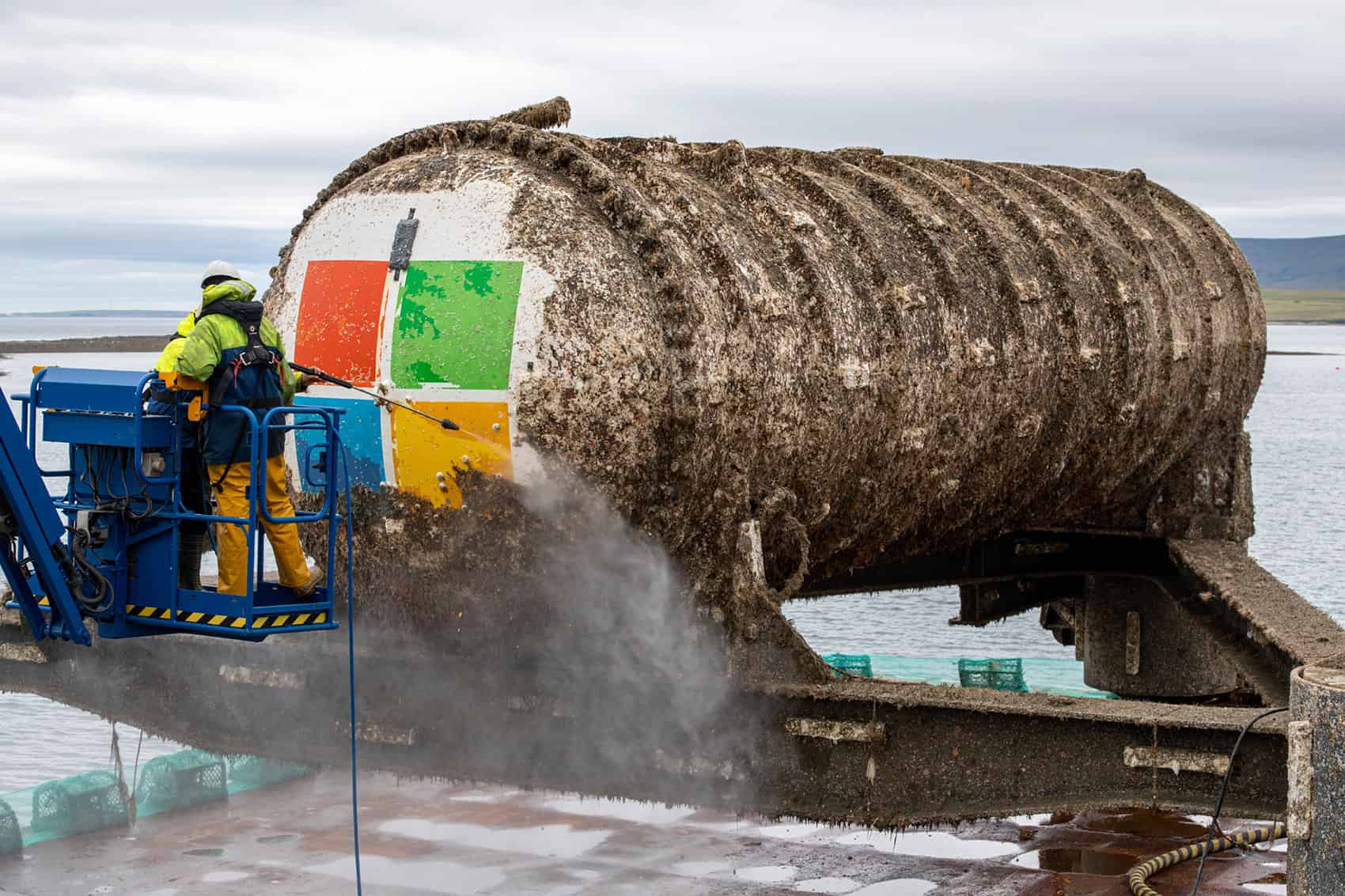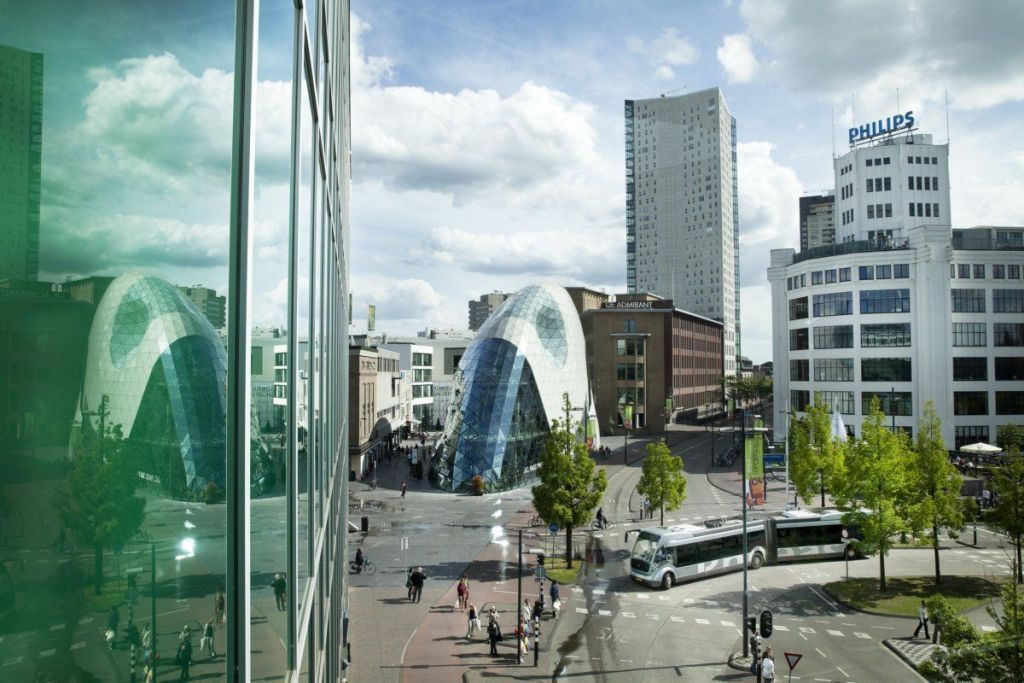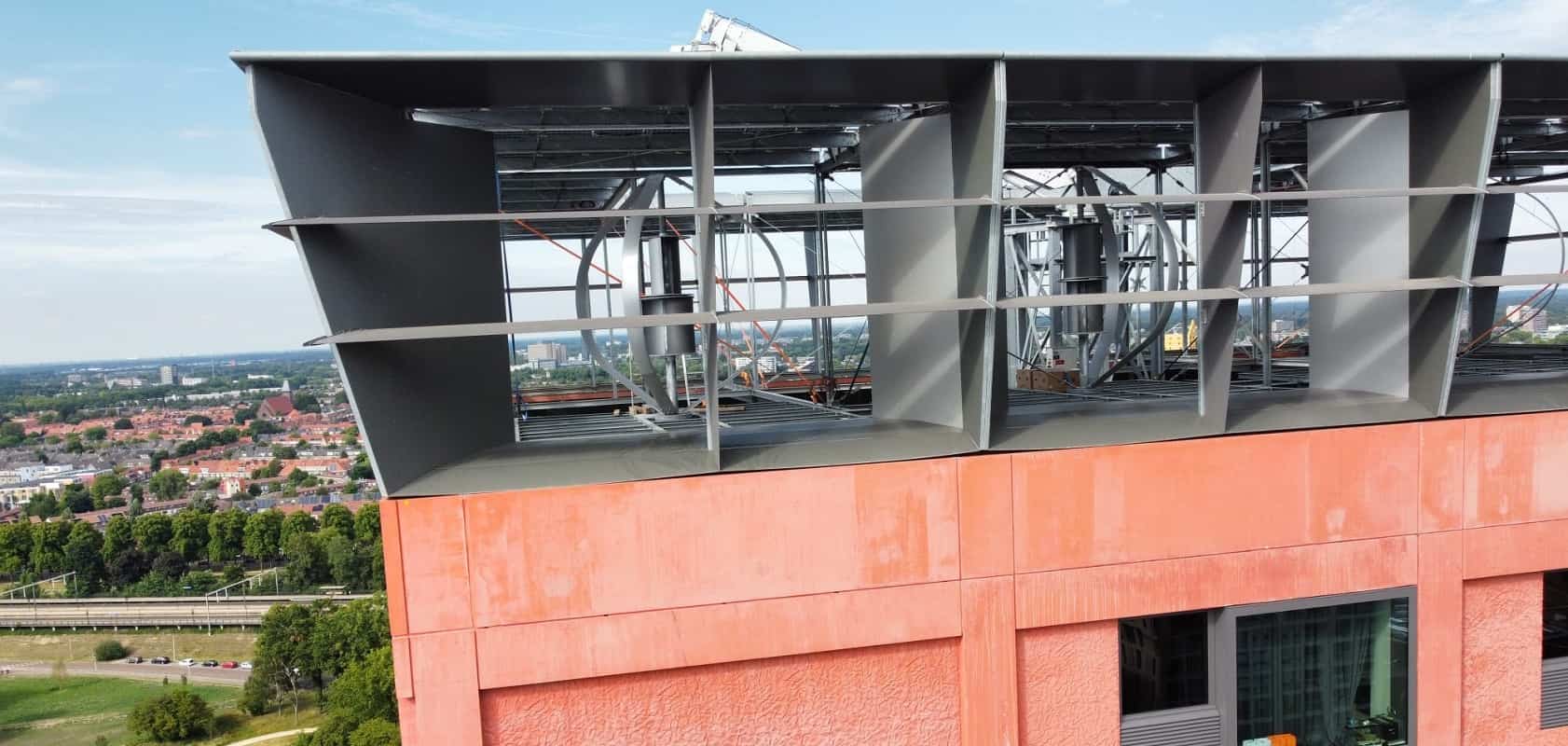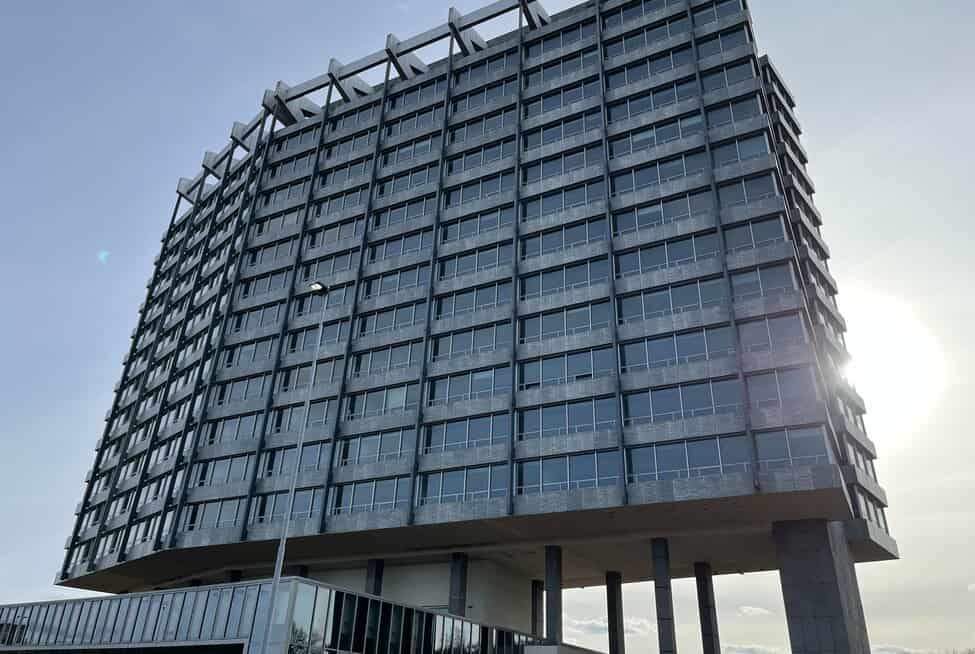
The commercial real estate industry faces challenges following the pandemic, but experts remain optimistic about its potential for growth and adaptability. European examples of innovation include repurposing office spaces for remote-friendly collaboration, social gatherings, and community hubs. Modern office design concepts such as activity-based working, flexible workspaces, and biophilic design are being embraced to attract talent and boost productivity. Europe seems to be at an advantage here with its more compact cities and mixed-use walkable city centres.
Transforming vacant spaces into residential units
One of the key strategies in addressing the decreasing demand for office and retail spaces is converting unused areas into residential units. For instance, TU/e, a technical university in the Netherlands, has transformed former Philips head office floors into temporary student housing. This approach showcases how underutilized office spaces can be repurposed to address the housing shortage and add value to commercial properties.
Another example is the conversion of offices into collaboration centers, as seen with Cimpress/Vista, a company that shifted to a remote-first model and reduced its office footprint. These innovative conversions not only cater to the evolving market needs but also contribute to the economic growth of cities and regions.
Embracing sustainable building practices
As sustainability becomes an increasingly important factor in commercial real estate, developers and property owners are investing in energy-saving designs and healthier materials. These practices not only contribute to the global efforts to combat climate change but also appeal to a growing market of environmentally conscious tenants and investors.
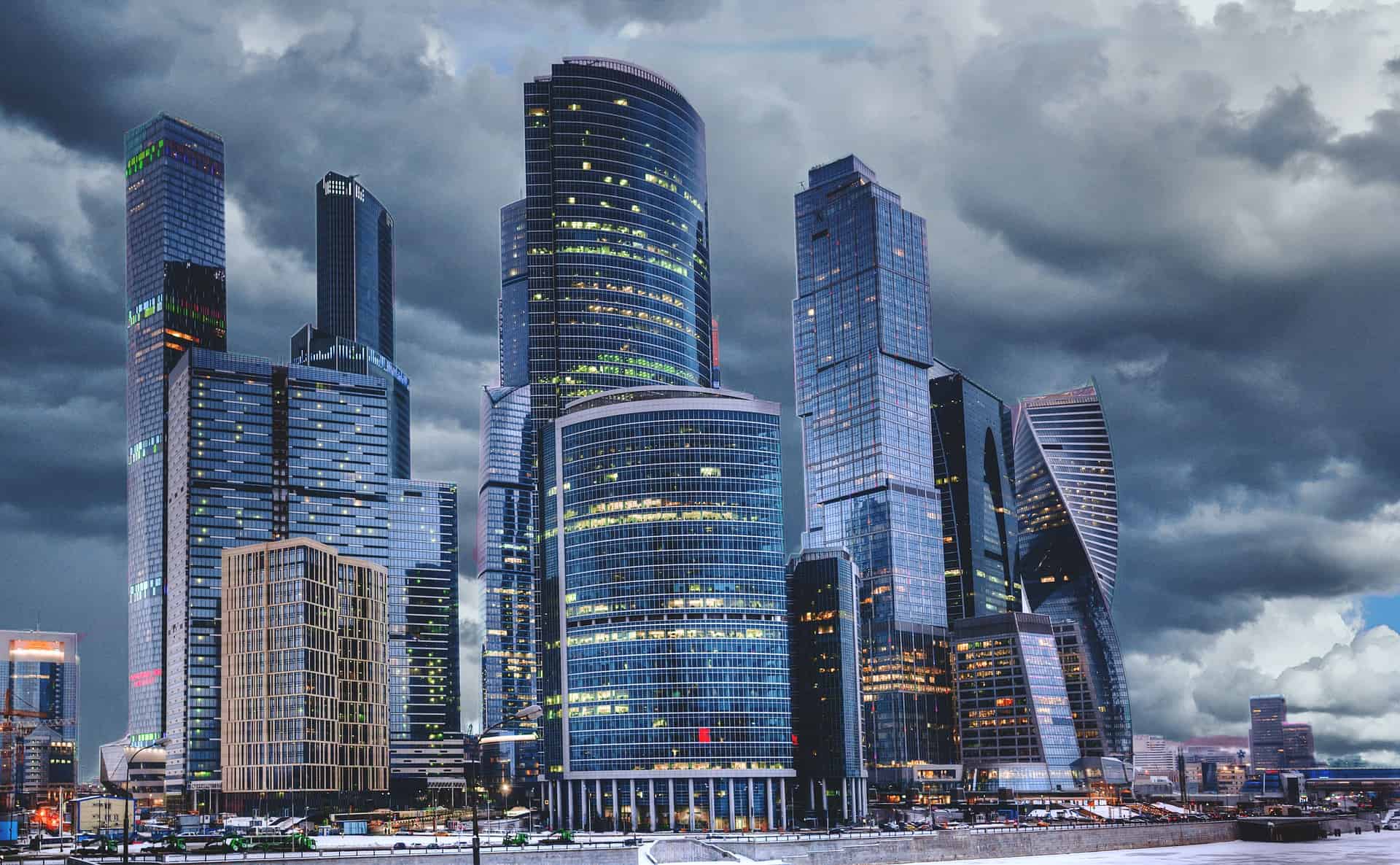
European examples of sustainable building practices include the implementation of energy-efficient HVAC systems and touchless elevators, which are expected to become widespread in the coming years. These innovations not only help reduce energy consumption but also improve the overall health and well-being of occupants.
Creating multifunctional spaces
Commercial real estate developers are increasingly focusing on creating multifunctional spaces that combine aesthetics, functionality, advanced digital capabilities, and adaptability for remote work and recreation. This approach not only enhances the value of commercial properties but also ensures they remain relevant and appealing to a diverse range of tenants.
Examples of multifunctional spaces include coworking areas, innovation hubs, and social gathering venues. These spaces provide opportunities for businesses, entrepreneurs, and communities to connect, collaborate, and thrive in an ever-changing work environment.
European cities, with their compact and mixed-use city centers, are well-suited for the transformation of commercial spaces into multifunctional areas and residential units. The proximity of shops, restaurants, and entertainment venues to office buildings makes it easier to create coworking areas, innovation hubs, and social gathering venues that cater to a diverse range of tenants. The walkability of European cities encourages people to live, work, and play in the same area, which supports the repurposing of office spaces into residential units. This compact city structure also reduces the environmental impact of commuting and contributes to the overall sustainability of commercial properties.
Investing in technology solutions
Technology plays a crucial role in the transformation of commercial real estate, with solutions such as AI, automation, and proptech making processes more efficient and cost-effective. For example, AI can streamline processes and reduce operating expenses, while legal tech innovations can centralize and automate case management.
By investing in technology solutions, commercial real estate owners can meet end-user expectations in multifamily and office spaces and provide better experiences for their tenants. These innovations not only enhance the overall value and appeal of commercial properties but also contribute to their long-term success and growth.
Conclusion
The commercial real estate industry may be facing challenges due to the pandemic, but there are ample opportunities for growth and adaptation through innovation. By repurposing vacant spaces, embracing sustainable building practices, creating multifunctional spaces, and investing in technology solutions, Europe’s commercial real estate sector can successfully navigate the changing landscape and thrive in a post-pandemic world.




